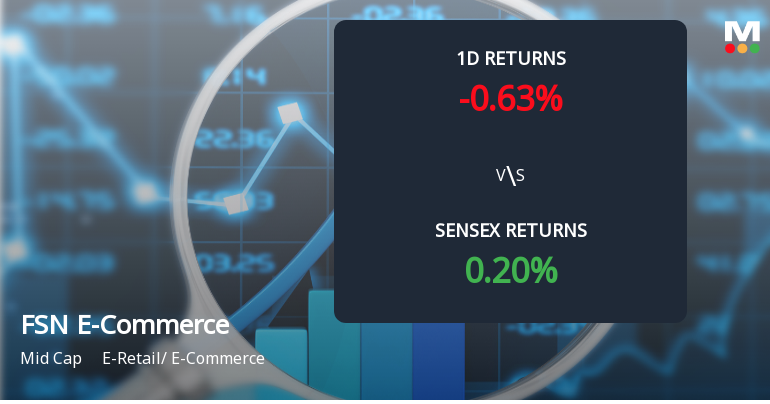U.S. Census Bureau data on consumer spending is flowing again after the government shutdown, and the latest numbers give a clearer picture of how households in the United States are faring as 2026 approaches.
Even though the figures are backward-looking, as they are two months old, they still hold important signals about the state of retail, digital commerce and consumer resilience.
What the Numbers Show
According to the official report, released Tuesday (Nov. 25), advance estimates of U.S. retail and food services sales for September stood at $733.3 billion, up 0.2% from the previous month and up 4.3% from September 2024.
Although positive, the gains are modest and missed consensus estimates for a 0.4% gain. The various line items show weakness in key discretionary spending categories. For example, motor vehicles and parts sales fell 0.3% in September, electronics and appliances dropped 0.5% and clothing and accessories slid 0.7%. Consumers appear to be retrenching on purchases they might delay when feeling uncertain about income or inflation pressures.
Discretionary Categories Lose Steam
There was a pullback among discretionary categories tied to home and leisure activities. Sporting goods and hobby stores recorded a 2.5% drop in September, while furniture and home furnishings, despite a 0.6% rise in the month, still showed year-to-date softness.
Segments such as health and personal care stores grew 1.1% in September, and miscellaneous store retailers rose 2.9%. These gains suggest consumers are reallocating spend toward essentials and value-oriented retail channels even while trimming luxury and big-ticket purchases.
Advertisement: Scroll to Continue
eCommerce Facing Headwinds?
A critical element in today’s retail ecosystem is the performance of nonstore retailers. In the Census data, that channel includes but is not limited to eCommerce firms, direct-to-consumer brands and digital marketplaces.
The Census report showed nonstore retailer sales were up 6% year-over-year, but the monthly advance estimate flagged that nonstore retailers did not post a gain in September and were down 0.7% month on month. The flip side may be a retrenchment waiting for promotions and that October promotions and Black Friday may show momentum.
The Wage to Wallet and Paycheck-to-Paycheck Lens
Retail sales data alone cannot explain the why behind consumer behavior. That is where the Wage to Wallet Index from PYMNTS Intelligence is instructive. The latest edition showed that hourly wages for labor economy workers dropped 0.81% month-over-month in October, translating to approximately $14 billion of annualized spending power loss.
Complementing the index, PYMNTS Intelligence’s November paycheck-to-paycheck data highlighted that many consumers remain trapped in narrow liquidity bands, often relying on short-term credit, promotional financing and trade-offs among bills and expenses. At the same time, those consumers demonstrate adaptability as they shift spend toward value channels, delay big-ticket purchases and increase digital engagement where cost and convenience align.
Read-Across for Retail and eCommerce Strategists
The combination of muted retail sales growth, weakness in discretionary categories and cooling in nonstore retailing suggests consumers are still spending, but they’re doing so cautiously. Consumer resilience is holding, as evidenced by earnings season, but there have been pockets of volatility. That means retailers, acquirers and payments firms cannot assume digital commerce growth will simply continue at the prior pace.
The importance of value, convenience and flexibility in payment product design is increasing. Consumers under wage and income pressure gravitate toward buy now, pay later (BNPL), flexible financing, merchant incentives and frictionless checkout that can be shifted across channels.
The interplay between wage volatility and spending behavior means stakeholders should anticipate more uneven cash flows, higher credit use and a greater premium on real-time insights into spending patterns.

